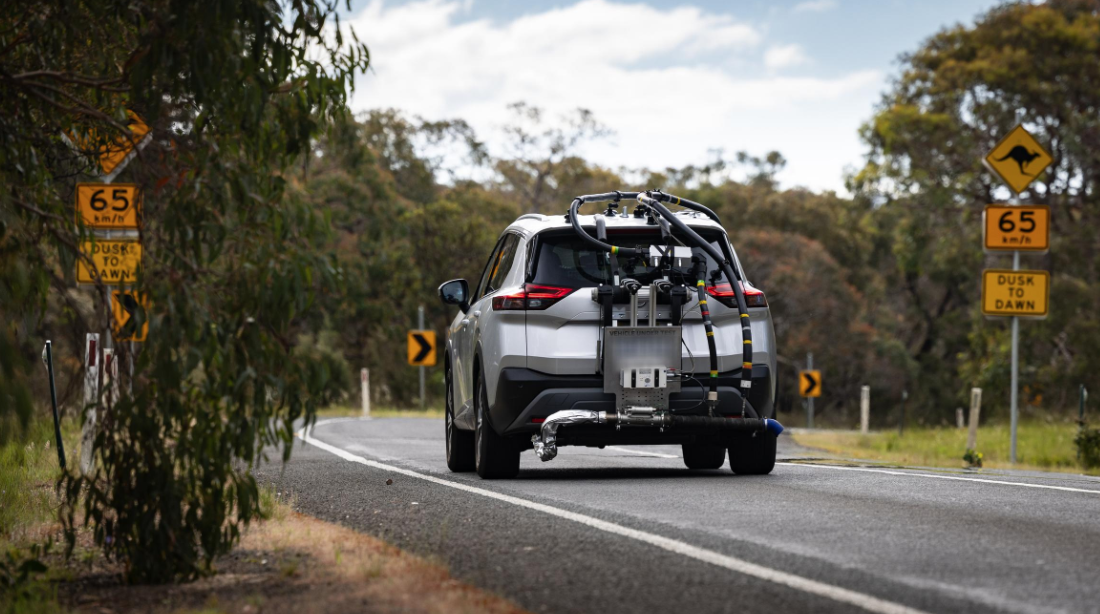
Initial results of Australia’s first program to test vehicle real-world performance show the cars tested use up to 13 per cent more fuel on the road than they did in laboratory tests reported by manufacturers.
Three of the vehicles tested released levels of pollutants that exceed relevant Australian regulatory laboratory limits.
The findings come from the recently launched , which compares the fuel consumption and emissions of vehicles in Australian driving conditions, to each vehicle’s laboratory test result.
The $14 million program, conducted by the Australian Automobile Association and funded by the Commonwealth, will empower motorists and fleet buyers to make purchasing decisions based upon real-world running costs, rather than figures obtained in laboratory testing.
The nation’s peak motoring body says the Program could save car-buyers hundreds of dollars a year, while allowing fleet-owners to better manage purchasing decisions, budgets, and environmental commitments.
AAA Managing Director Michael Bradley said: “This Program gives consumers the information they need about each car’s fuel efficiency and environmental performance, and it will drive down demand for models that over-promise and under-deliver.
“These results will improve motoring affordability for Australians, while cleaning up our light vehicle fleet,” he said. “The AAA is pleased to be partnering with the Government to deliver this important program and is grateful that it enjoys bi-partisan political support.”
Testing in and around the Victorian city of Geelong began in August. Tests are conducted in compliance with strict guidelines based on European Union legislation and developed in consultation with Australian regulators and industry. This ensures fuel consumption and CO2 results are repeatable and that the influence of human factors such as driving style and changing traffic flows are mitigated.
For research purposes, the AAA undertook 23 tests on the Program’s reference vehicle (a Toyota RAV4), with the fuel consumption results across these tests having less than 2.5 per cent variability.
Mr Bradley said: “Australian families and fleet buyers can place their faith in the reliability of these results and now buy vehicles safe in the knowledge that they have the information needed to fully understand a car’s running costs and environmental performance.”
The first round of tests concentrated on small and medium SUVs. Among the nine vehicles tested, four delivered fuel consumption within 2.5 per cent of lab test results. Fuel consumption among the remaining five vehicles ranged from 8 per cent to 13 per cent more than had been recorded in laboratory tests.
Four SUVs recorded high pollutant results. Three of these cars exceeded the applicable lab limits for Australian-regulated pollutants, such as carbon monoxide and oxides of nitrogen (NOx). Two had real-world results that exceeded the European particle number (PN) lab test emissions limits. (Australia has yet to implement PN regulation in petrol vehicles.) One vehicle had high levels for both carbon monoxide and PN.
The AAA first proposed an Australian-specific Real-World Testing Program in the wake of the 2015 Volkswagen emissions scandal, which showed that emissions regulations around the world were incentivising carmakers to optimise their vehicles’ fuel consumption and emissions performance for the laboratory tests being used for regulatory compliance.
Since then, international studies have highlighted large gaps between laboratory and real-world performance of new vehicles. A 2017 AAA study of 30 popular light vehicles found that on average they consumed 23 per cent more fuel in real-world conditions than in laboratory tests. In addition, the real-world results achieved by 11 of the 12 diesel vehicles tested exceeded regulatory laboratory noxious emissions limits.
The Program will test 200 cars, SUVs, utes, and electric vehicles over the next four years.







